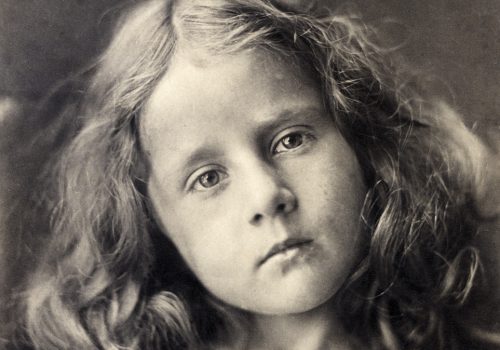Whatever the size and the interest of the collection retracing since its beginnings the history of photography, and the prestigious names of photographers that we could advance as so many pledges to attract the public, it seems to us however that one of the major challenges of the Museum lies in the need for permanent dialogue with its visitors: associated with the programming and the hangings renewing the permanent collection, the “public service” contributes effectively to mediation with them, school audiences, photographers, initiates or precarious public, also having two laboratories, one analog, the other digital, for hosting internships. Because it is important to us above all to “make the images speak,” to open the dialogue on the threshold of each of them.
Another part concerns the growth of the collection. Various photographic donations, archives or vernacular photographs have been entrusted to us, which it is a matter of sorting, recording and resuming in a database constantly to be completed. Other works are offered to us by the photographers themselves in return for their production and we have often benefited from the generosity of collectors testifying to their attachment to the Museum. With a fairly low acquisition budget, which does not correspond to the realities of the photography market, we need to think more about the meaning and the appropriateness of acquisitions, their impact within the collection in the rotation of thematic hangings.
The importance of its heritage has not, however, diverted the museum from the contemporary photographic scene – be it Belgian or international, refusing fashions and “chapels”, a shame for an ancient Carmel – wanting to be the most accessible to diverse and multifaceted audiences that photography has taken for forty years. On the names of Man Ray, Robert Frank, Willy Ronis, Araki, Harry Callahan, Jeanloup Sieff, Gilles Caron, Gary Winogrand, were associated those of Stephan Vanfleteren, Bernard Plossu, Stéphane Couturier, Roger Job, Eric Baudelaire, Marion Gronier and des younger Matthieu Litt, Aurore Dal Mas, Sandrine Lopez, Pierre Liebaert or Jean-François Spricigo, to name a few.
To the list of these recognized authors will be added from this January 25 the name of René Magritte through the exhibition The revealed images, presented exclusively in Europe, that of Laurence Bibot who revisits in playback of audiovisual archives and finally the American Diana Matar with her challenging series My America. We also note Mathieu Van Assche in the picture rails of the Galerie du Soir, a showcase for young contemporary creation, and the films of Nina Berman and Jon Lowenstein as part of the cycle dedicated to the members of the Noor agency in the Boite Noire.
Xavier Canonne – Directeur
Musée de la Photographie de la Fédération Wallonie-Bruxelles
Avenue Paul Pastur 11, 6032 Charleroi, Belgium
















